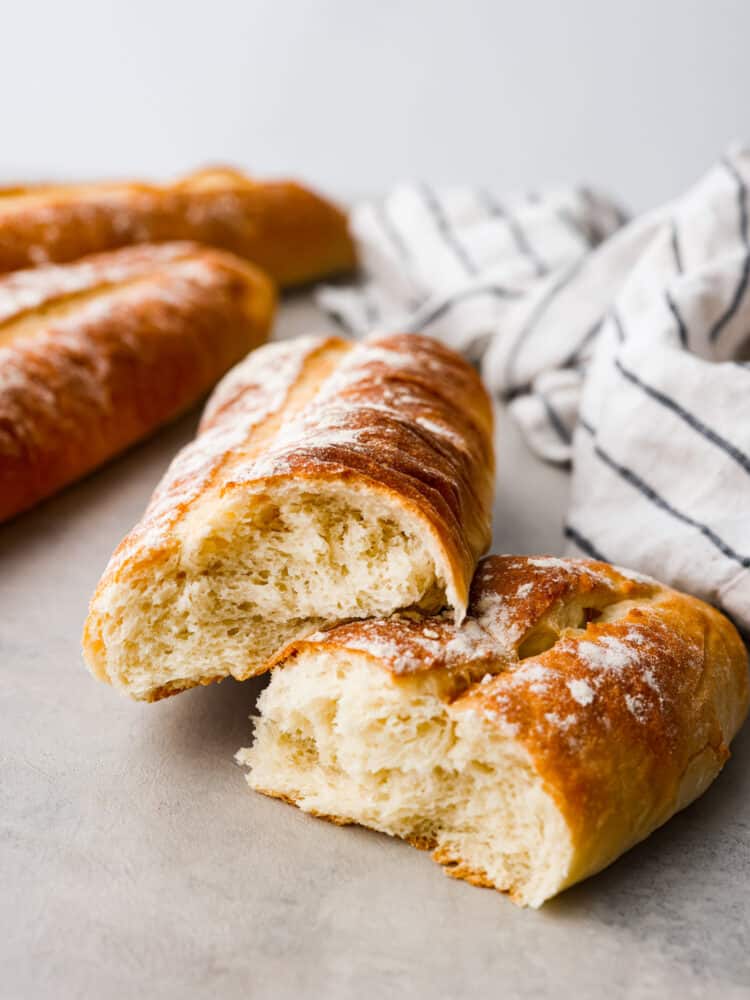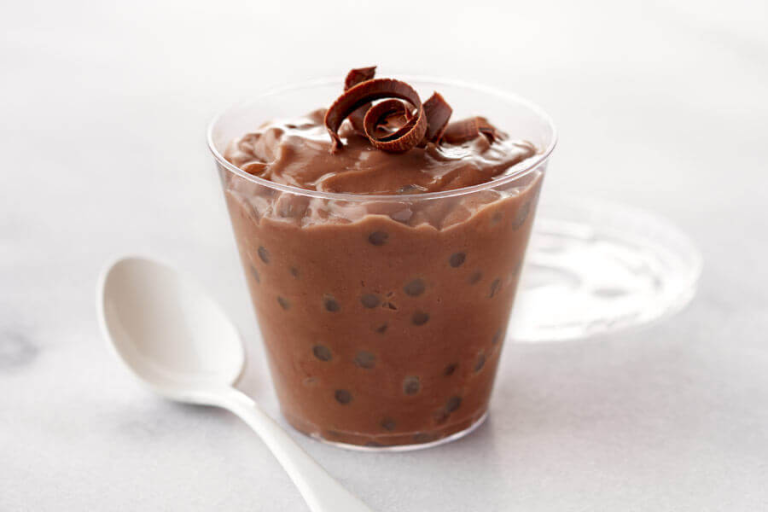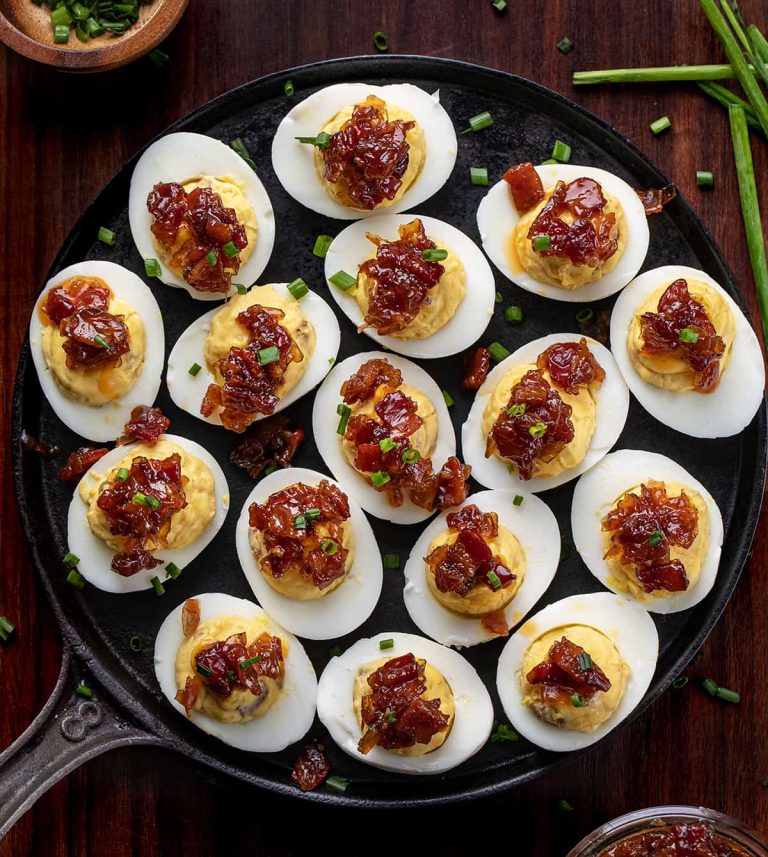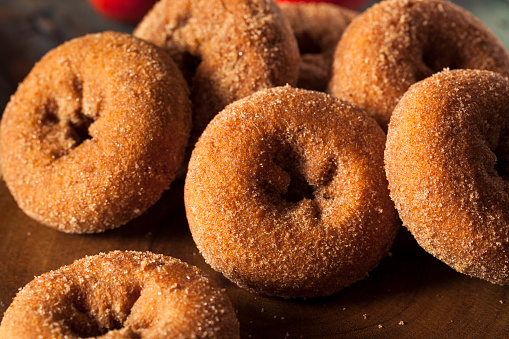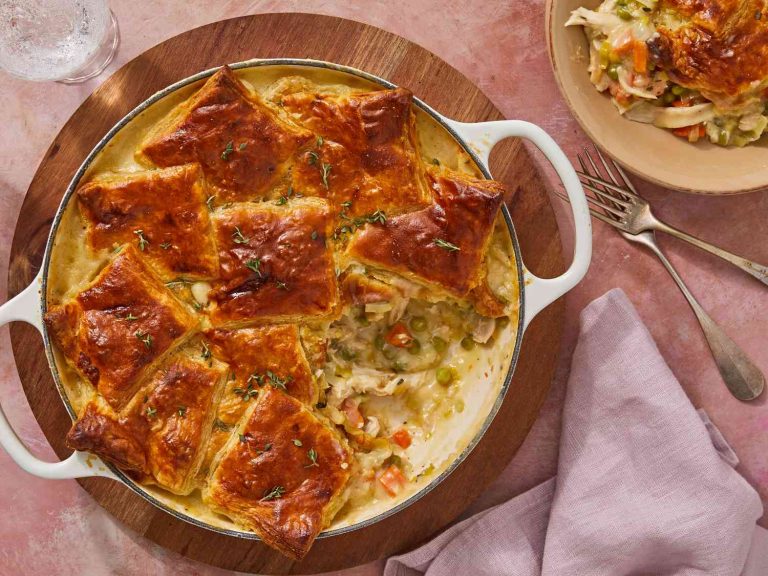Cuban Bread Recipe: Easy Homemade Bread with Crispy Crust and Soft Interior
Chef John’s Cuban Bread recipe not only captures the essence of Cuban cuisine but also reflects its rich history. Originating in Cuba, this bread gained popularity in Tampa and Miami, where Cuban communities flourished. Its distinctive crispy crust and soft interior make it a beloved choice for sandwiches like the Cuban sandwich (Cubano).
Key Ingredients and Texture
Chef John’s Cuban Bread uses simple yet specific ingredients to achieve its unique texture. Typical components include all-purpose flour, yeast, sugar, salt, lard, and water. Lard, in particular, contributes to the bread’s softer crumb and richer flavor. The dough is kneaded until smooth and elastic, resulting in an airy, light interior that contrasts perfectly with the crispy outer crust.
Making Chef John’s Cuban Bread
Step-by-Step Baking Process
Prepare the ingredients. You’ll need flour, lard, sugar, yeast, salt, and water. Precision enhances consistency, so use accurate measurements.
- Mixing the Dough: Combine 1 cup of warm water (about 110°F) and 2 1/4 teaspoons of active dry yeast in a bowl. Add 1 tablespoon of sugar and let it sit for 5 minutes until frothy.
- Forming the Dough: In a large bowl, mix 4 cups of bread flour, 1 teaspoon of salt, and 2 tablespoons of lard. Gradually pour the yeast mixture into the flour mix, stirring continuously until a dough forms.
- Kneading: Transfer the dough to a lightly floured surface. Knead for 8-10 minutes until it’s smooth and elastic. Proper kneading develops gluten, which gives the bread its airy structure.
- First Rise: Place the dough in a greased bowl, cover it with a damp cloth, and let it rise for about 1 hour or until it doubles in size. The right temperature, around 75°F, accelerates the rising process.
- Shaping: Punch down the dough to release air. Shape it into a loaf and place it on a baking sheet lined with parchment paper.
- Second Rise: Cover the loaf and let it rise again for 30-45 minutes. A second rise improves the bread’s texture and volume.
- Baking: Preheat your oven to 375°F. Before baking, make a shallow cut along the length of the loaf to guide expansion. Bake for 30 minutes or until golden brown and hollow-sounding when tapped.
Tips for Achieving the Perfect Crust
Control the oven humidity. Adding a pan of water on the oven’s bottom shelf during baking keeps the crust crisp.
- Mist the Dough: Lightly mist the dough with water before baking. This helps create a shiny, crisp crust.
- Use a Hot Baking Stone: Preheat a baking stone. Placing the loaf on a preheated stone helps achieve even baking and a sturdy bottom crust.
- Monitor the Temperature: Ensure the oven maintains a steady 375°F. Inconsistent temperatures lead to uneven crusts and baking.
- Avoid Overproofing: Under-proofed dough won’t expand well, while over-proofed dough collapses. Watch the dough’s rise carefully to avoid this.
- Cool Properly: Let the bread cool on a wire rack immediately after baking. Good airflow prevents the crust from becoming soggy.
By following these steps and tips, you can create authentic Cuban Bread with a perfect crust and soft interior, making it ideal for any meal, especially the iconic Cuban sandwich.
Serving Suggestions for Cuban Bread
Traditional Cuban Sandwiches
One popular way to serve Cuban Bread is by making Cuban sandwiches. These sandwiches typically include roast pork, ham, Swiss cheese, pickles, and mustard. Press the sandwich in a sandwich press or on a skillet with a heavy weight to achieve a crispy exterior and melted cheese. This combination creates a flavor-packed, satisfying meal that showcases the bread’s perfect texture.
Creative Ways to Use Cuban Bread
Cuban Bread is versatile and can be used in various creative ways:
- Breakfast Toast: Toast slices of Cuban Bread and top with butter, avocado, or jam for a simple yet delicious breakfast.
- Garlic Bread: Spread a mixture of butter, garlic, and parsley on halved Cuban Bread, then bake until golden brown and aromatic.
- Bread Pudding: Use stale Cuban Bread to make a rich, custard-based bread pudding with cinnamon and raisins.
- Stuffing: Cube the bread and mix with herbs, vegetables, and broth to create a flavorful stuffing for poultry.
- Bruschetta: Top grilled slices with tomatoes, basil, and olive oil for a refreshing appetizer.
These suggestions demonstrate the bread’s adaptability, ensuring it enhances various meals, from breakfast to dinner.
Comparing Chef John’s Recipe to Traditional Cuban Bread
Similarities and Differences
Chef John’s Cuban Bread recipe closely aligns with traditional Cuban Bread in certain key aspects. Both versions use basic ingredients like flour, water, yeast, sugar, salt, and lard. The inclusion of lard is significant, providing a richer flavor and softer crumb in both recipes. The kneading process is vital to achieving the signature texture, creating a light and airy interior.
However, Chef John’s recipe diverges from traditional methods with a few distinct tweaks. Traditional recipes usually call for a lengthy fermentation period, enhancing the bread’s flavor profile through natural fermentation. Chef John’s adaptation, on the other hand, offers a faster rise, making it more accessible for home bakers without compromising on quality. Traditional Cuban Bread recipes often incorporate a palmetto leaf on top to help the bread expand during baking, a detail Chef John omits. While not affecting taste, this step adds an authentic touch to traditional methods.
Taste and Texture Analysis
Chef John’s Cuban Bread achieves a delicate balance of crispy crust and soft, airy interior, identical to traditional versions. The incorporation of lard in both recipes ensures a slightly buttery taste and enhanced richness. Taste testers often find that both breads carry a mild sweetness from the sugar combined with a subtle yeast flavor.
Texture-wise, Chef John’s bread is comparable with its traditional counterpart, offering a satisfying crunch due to the crispy crust. The interior remains tender, thanks to the specific kneading and rising techniques. Even without the traditional palmetto leaf, the bread maintains its structural integrity and expands effectively in the oven.
Chef John’s method also introduces a controlled oven humidity to replicate the ideal crust found in bakeries. This technique ensures a consistent outcome for home bakers, closely mimicking the texture of traditional Cuban Bread without professional equipment. By maintaining these core characteristics, Chef John’s recipe delivers a home-baked product that stands up to traditional Cuban Bread in both taste and texture.
Conclusion
Baking Chef John’s Cuban Bread at home brings the authentic taste of Cuba right to your kitchen. With its perfect blend of crispy crust and soft interior, this recipe is a must-try for any bread enthusiast. The use of lard and a controlled baking environment ensures you get bakery-quality results every time.
Whether you’re making traditional Cuban sandwiches or exploring new culinary creations, this bread serves as a versatile and delicious base. Embrace the joy of baking and enjoy the rich flavors and textures that Chef John’s Cuban Bread offers.
